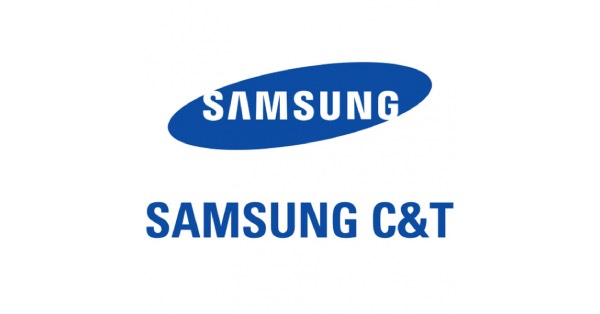Samsung C&T announced on May 17th that it has signed a Memorandum of Understanding with Diamond Generating Asia, a subsidiary of Mitsubishi Corporation, for the collaborative development and operation of a green hydrogen/ammonia project in Australia.
Through this agreement, both companies aim to establish a renewable energy power complex in Western Australia, utilizing solar and wind power. Additionally, they plan to construct a green hydrogen production facility connected to this complex. Furthermore, they intend to supply green hydrogen, which will be converted into ammonia, to markets in South Korea and Japan.
DGA, a subsidiary established by Mitsubishi Corporation in 2006, is a hydrogen business development company headquartered in Hong Kong. It has built a wide range of experience and networks by implementing green hydrogen and renewable energy projects, as well as independent power producer (IPP) projects in Australia, the Middle East, and Southeast Asia.
Australia is being recognized as an optimal environment for conducting large-scale green hydrogen/ammonia projects, owing to its abundant renewable energy resources and expansive territory.
Lee Byung-soo, Vice President of Samsung C&T (Head of Business Development), stated, “Samsung C&T plans to proactively enter the Australian market, which is endowed with rich resources, extensive territory, and added incentives. Through this, we aim to establish our future growth engines as a ‘Total Energy Solution Provider’.”
Source: Business Korea









































